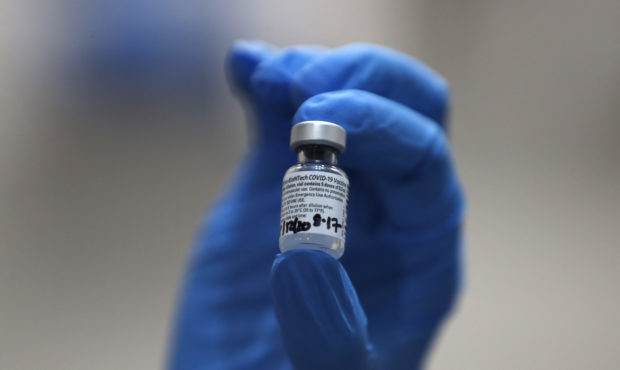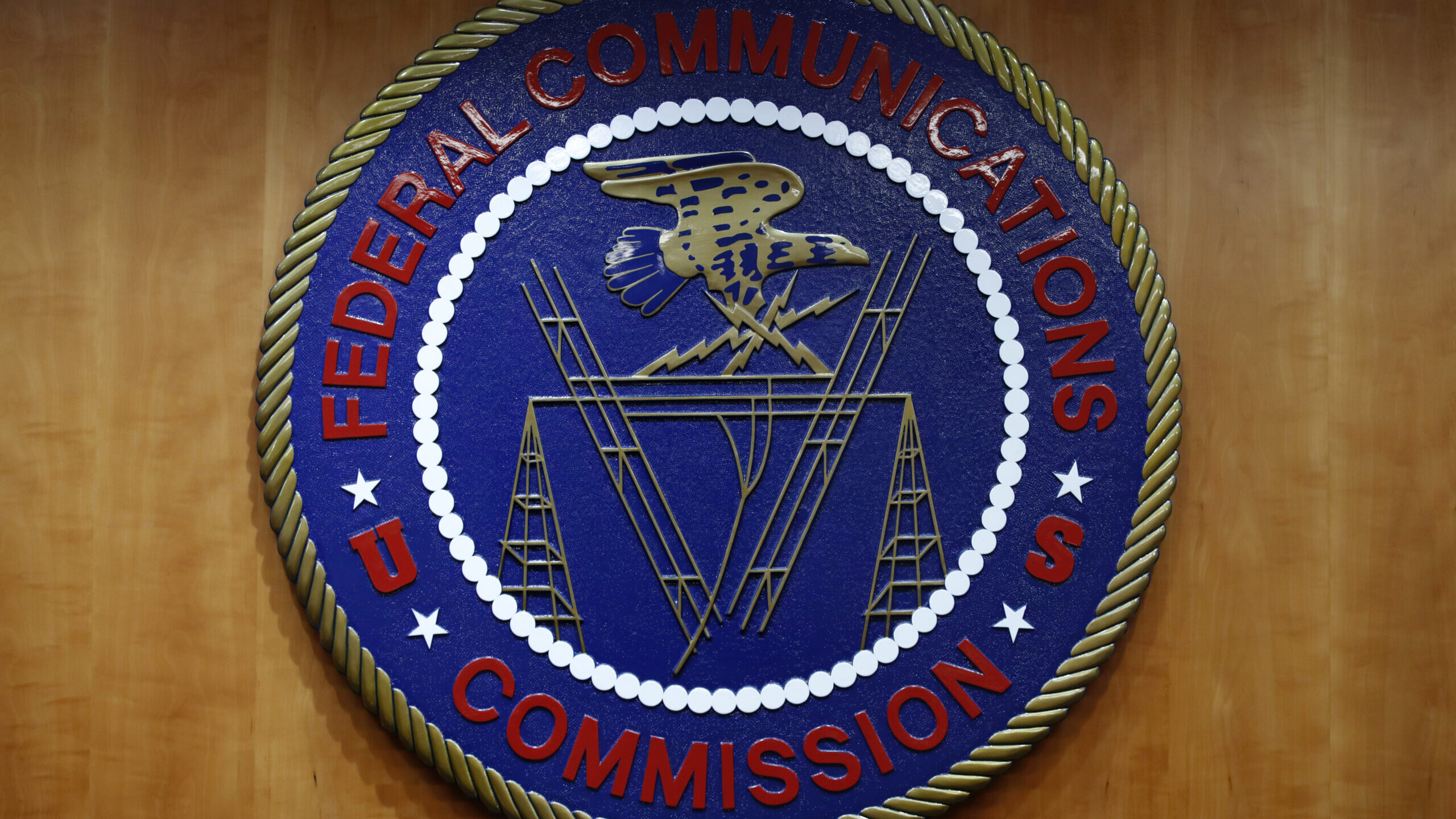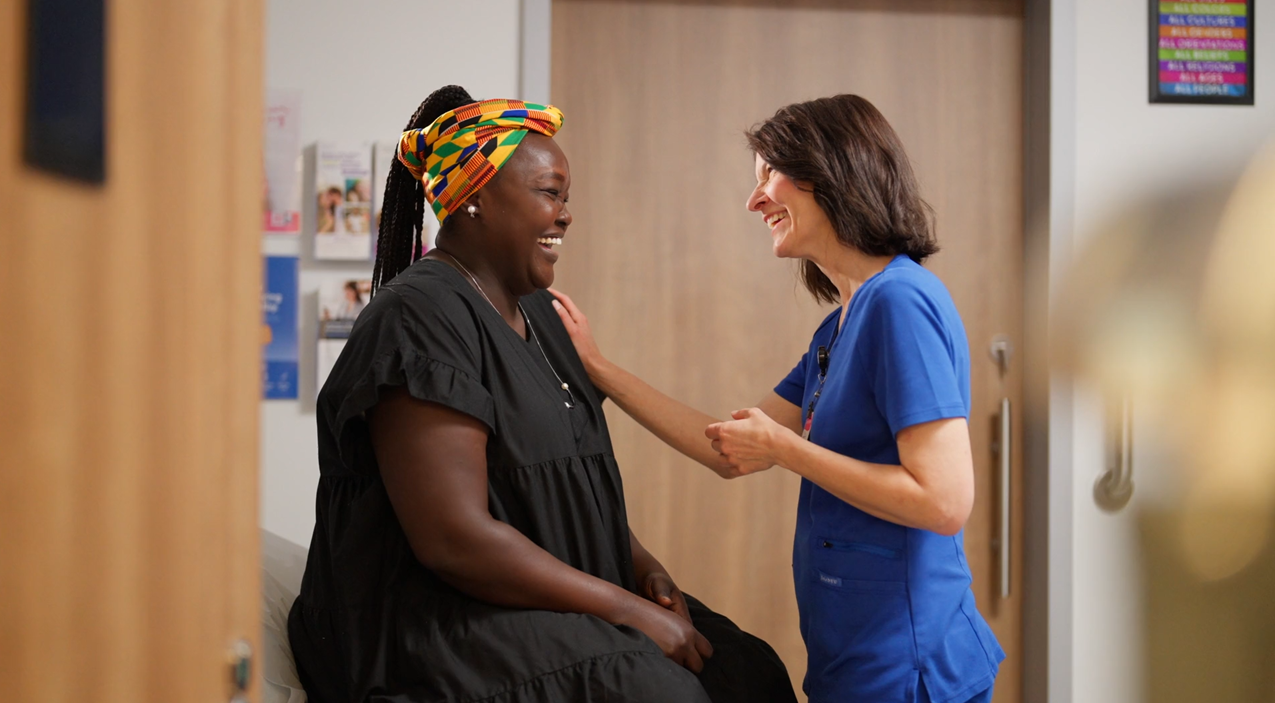Fact Check: What’s in the coronavirus vaccines and how does it work?
Dec 21, 2020, 9:57 AM

FILE -- A nurse holds a phial of the Pfizer-BioNTech COVID-19 vaccine at Guy's Hospital in London, Tuesday, Dec. 8, 2020. U.K. health authorities rolled out the first doses of a widely tested and independently reviewed COVID-19 vaccine Tuesday, starting a global immunization program that is expected to gain momentum as more serums win approval. (AP Photo/Frank Augstein, Pool)
(AP Photo/Frank Augstein, Pool)
It’s only been a week since the first coronavirus vaccines have been administered in the U.S. Many healthcare professionals and public officials deem the occasion as “the beginning of the end.”
Utah has already administered 3,648 coronavirus vaccines as of Monday morning, prioritizing healthcare workers in high-risk environments first.
But with all the excitement comes an equal number of concerns — with viral misinformation fueling unsubstantiated concerns.
How do the vaccines work?
In short, vaccines trick your body into believing that it is sick when it is not so it can begin creating antibodies to protect you from future infections.
Both Pfizer and Moderna’s vaccines use messenger RNA (mRNA) which is a relatively new approach but utilizes the same principles.
For both vaccines, the mRNA delivers a set of instructions to your cells that tells them to replicate aspects of the coronavirus so they can recognize and fight it before you become infected.
What aspects does it mimic?
The coronavirus vaccine works by targeting the “spike” proteins that are studded across the outside of COVID-19. Those “spikes” are used by the virus to attach, enter and infect human cells.
The mRNA inside the vaccine transport genetic instructions to your cells causing them to manufacture the same signature spike protein found on the outside of the virus.
This process provides the immune system with a blueprint of what to look out for, so when your body comes in contact with the virus, it is already prepared to quickly and efficiently fight it.
Shortly after that process, the mRNA is eventually destroyed by the cell leaving no trace of it anywhere.
What coronavirus vaccines are available?
So far, there have been two COVID-19 vaccines to receive emergency authorization from the Food and Drug Administration: the Pfizer vaccine and the Moderna vaccine.
Pfizer was the first to be authorized by the FDA on Dec. 11, approving the vaccine for individuals 16 years old and older. The two-dose vaccine — given three weeks apart — is reportedly 95% effective against COVID-19, regardless of age, race or other risk factors.
The Moderna vaccine was authorized just a week later on Friday. However, the FDA only recommends the vaccine for those 18 years old and older — with testing on children from 12 to 17 years old still in progress.
The second vaccine also requires two doses, administered one month apart.
What’s inside the coronavirus vaccines?
The Pfizer and Moderna vaccines have similar ingredients, utilizing lipids and mRNA to train your immune cells to fight the virus if it enters the body.
And no, they don’t contain microchips as viral misinformation spreading the internet purports.
The Pfizer vaccine contains 10 ingredients, utilizing messenger RNA (or mRNA) to transport genetic instructions to your cells causing them to manufacture the “spike” protein found on the outside of the COVID-19 virus.
The oily particles made from the lipids, act as a protection for mRNA — which would be disintegrated upon entering the body because of its fragility.
These are the 10 ingredients inside the Pfizer vaccine:
- mRNA
- Four lipids:
- ((4-hydroxybutyl)azanediyl)bis(hexane-6,1-diyl)bis(2-hexyldecanoate)
- (2- hexyldecanoate),2-[(polyethylene glycol)-2000]-N,N-ditetradecylacetamide (ALC-0159)
- 1,2-distearoyl-snglycero-3-phosphocholine (DPSC)
- Cholesterol
- Four salts:
- Potassium chloride
- Monobasic potassium phosphate
- Basic sodium phosphate dihydrate
- Sodium chloride (which is table salt)
- Sucrose (which is sugar)
The Moderna vaccine contains similar ingredients:
- mRNA
- Four lipids:
- SM-102
- 1,2-dimyristoyl-rac-glycero3-methoxypolyethylene glycol-2000 [PEG2000-DMG]
- 1,2-distearoyl-snglycero-3-phosphocholine [DSPC])
- Cholesterol
- Tromethamine
- Tromethamine hydrochloride
- Acetic acid
- Sodium acetate
- Sucrose
Are there side effects?
Both coronavirus vaccines may cause some side effects within the first few days. However, most reported side effects are moderate and subside after a few days.
The most common side effects of the Pfizer vaccine include:
- Pain at the injection site
- Tiredness
- Headache
- Muscle pain
- Chills
- Joint pain
- Fever
In some cases, particularly of those with severe allergies, more serious side effects have been reported. The FDA recommends people to not get the vaccine if they experience severe side effects after the first dose of the vaccine or if they’re allergic to any of the vaccine’s ingredients.
The Moderna vaccine may cause similar side effects, including:
- Pain at the injection site
- Fatigue
- Headache
- Muscle pain
- Joint pain
- Chills
- Nausea
- Vomiting
- Fever
How To Prevent the Spread of COVID-19 Coronavirus
COVID-19 coronaviruses transmitted from person to person. It is a virus that is similar to the common cold and the flu. So, to prevent it from spreading:
- Wash hands frequently and thoroughly, with soap and water, for at least 20 seconds.
- Wear a mask.
- Don’t touch your face.
- Keep children and those with compromised immune systems away from someone who is coughing or sneezing (in this instance, at least six feet)
- If there is an outbreak near you, practice social distancing (stay at home, instead of going to the movies, sports events, or other activities.)
- Get a flu shot.
Local resources
Utah’s Coronavirus Information
The Church of Jesus Christ of Latter-day Saints
Utah Coronavirus Information Line – 1-800-456-7707
National Resources
Centers for Disease Control and Prevention
Commonly asked questions, World Health Organization













